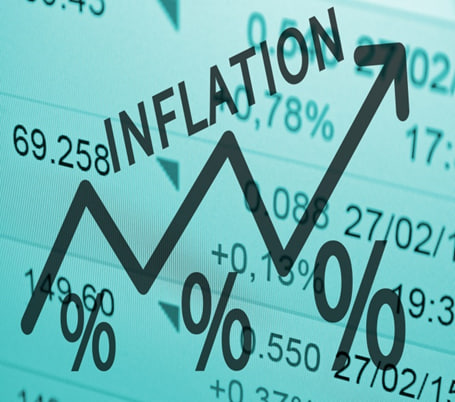Express View on inflation data: Space to pivot
Data released by the National Statistical Office on Tuesday showed that retail inflation , as measured by the consumer price index , has remained at almost the same level since the beginning of this year. Inflation stood at 5.09 per cent in February, only marginally lower than 5.1 per cent in January. However, the disaggregated data points towards diverging trends — food inflation has edged upwards, while core inflation , which excludes the volatile food and fuel, has eased further. This represents a conundrum for monetary policy.
As per the latest data, the consumer food price index rose to 8.66 per cent in February, up from 8.3 per cent in January. Inflation remained elevated in vegetables (30.25 per cent), pulses and products (18.9 per cent), eggs (10.69 per cent), cereals (7.6 per cent) and sugar (7.48 per cent). According to a note by Crisil, inflation in the TOP segment (tomato, onion and potato) has surged to 22.7 per cent. This would suggest that the effects of El Nino and subdued production are showing. However, at the same time, core inflation is witnessing broad-based easing . As per ICRA’s estimate, core inflation, which excludes food and beverages , fuel and light and petrol and diesel for vehicles, moderated to 3.5 per cent in February, down from 3.7 per cent in January. Inflation has eased in clothing and footwear (3.14 per cent), household goods and services (2.82 per cent), recreation and amusement (2.71 per cent). As per these estimates, core inflation is now at its lowest level since January 2015. Alongside , data released by the NSO shows that industrial production slowed to 3.8 per cent in January, from 4.2 per cent in December, driven by subdued performance of manufacturing. As per Crisil , growth in industrial output has been lower in the second half of the year as compared to the first.
In its last meeting, the monetary policy committee had chosen to maintain the status quo . However, the decision was not unanimous as one member voted in favour of a rate cut. As per RBI projections , while the economy is expected to maintain its growth momentum , inflation is expected to trend lower. The central bank expects growth at 7 per cent and inflation at 4.5 per cent in 2024-25. However, there remains considerable uncertainty around the trajectory of food inflation. As greater clarity emerges over the coming months on production trends and the monsoons, it could open up space for the MPC to pivot.
